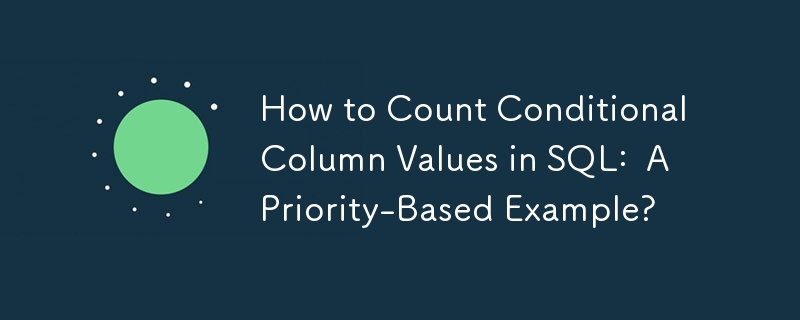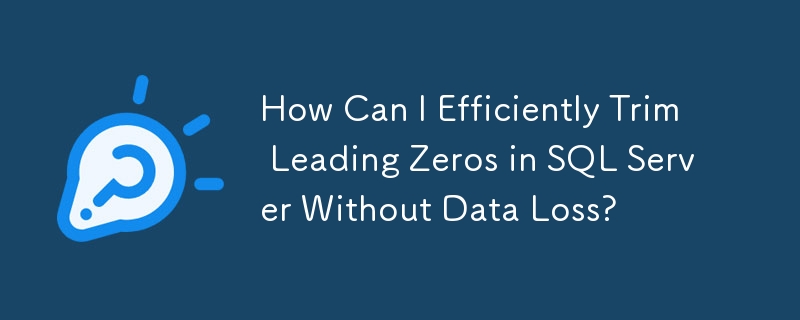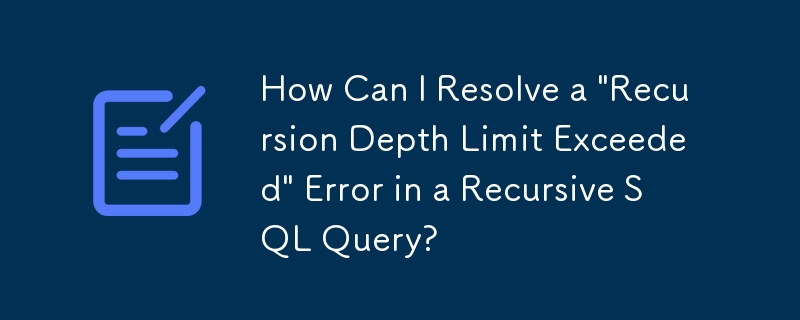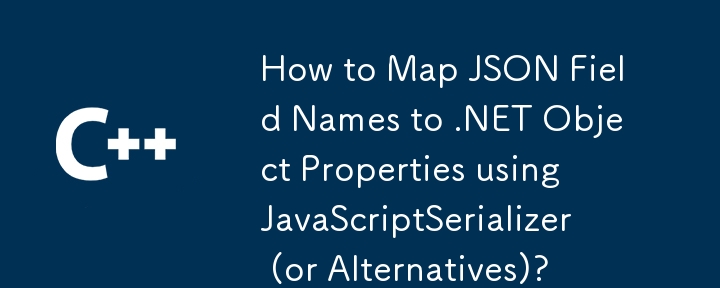Found a total of 10000 related content

What are the differences between == (loose comparison) and === (strict comparison) in PHP?
Article Introduction:In PHP, the main difference between == and == is the strictness of type checking. ==Type conversion will be performed before comparison, for example, 5=="5" returns true, and ===Request that the value and type are the same before true will be returned, for example, 5==="5" returns false. In usage scenarios, === is more secure and should be used first, and == is only used when type conversion is required.
2025-06-19
comment 0
547

Demystifying PHP's Type Juggling: A Deep Dive into `==` vs. `===`
Article Introduction:Using === instead of == is the key to avoiding the PHP type conversion trap, because === compares values and types at the same time, and == performs type conversion to lead to unexpected results. 1.==The conversion will be automatically performed when the types are different. For example, 'hello' is converted to 0, so 0=='hello' is true; 2.====The value and type are required to be the same, avoiding such problems; 3. When dealing with strpos() return value or distinguishing between false, 0, '', null, ===; 4. Although == can be used for user input comparison and other scenarios, explicit type conversion should be given priority and ===; 5. The best practice is to use === by default, avoid implicit conversion rules that rely on == to ensure that the code behavior is consistent and reliable.
2025-07-31
comment 0
998

How to use PHP to realize AI image style conversion PHP image special effects automation processing
Article Introduction:To use PHP to implement AI image style conversion, you need to follow the following steps: 1. Select a suitable AI model, such as CycleGAN or StyleTransfer, and you can use the trained model or train it yourself; 2. Deploy the model to the server, such as TensorFlowServing or TorchServe; 3. PHP calls the AI model and execute it through shell_exec or Symfony/Process components; 4. Use GD library or Imagick extension to perform image preprocessing; 5. Color adjustment, sharpening and other post-processing of the conversion results; 6. Display the results through HTML, CSS, and JavaScript. PHP acts as a bridge and is responsible for connecting
2025-07-25
comment 0
431
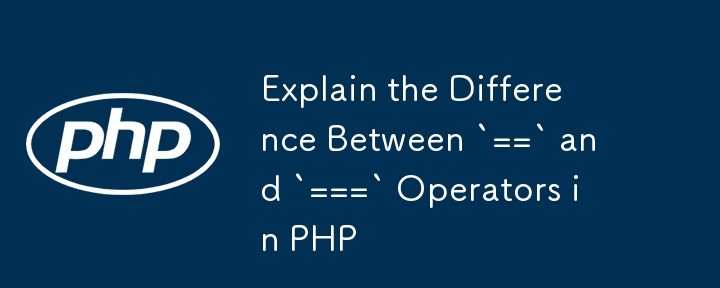
Explain the Difference Between `==` and `===` Operators in PHP
Article Introduction:In PHP, the main difference between == and == is the strictness of type checking. The == operator performs type conversion when comparing, while === strictly checks the values ??and types without conversion. For example: "5"==5 returns true but "5"==5 returns false; 0==false is true but 0===false is false; null===0 is always false. You should use == when the type is independent or requires flexible comparison, such as user input processing; if the type must be consistent, such as the detection function returns false, validation null or boolean flag. It is recommended to use === first to avoid logic caused by type conversion
2025-07-09
comment 0
244

How to solve the complex problem of PHP geodata processing? Use Composer and GeoPHP!
Article Introduction:When developing a Geographic Information System (GIS), I encountered a difficult problem: how to efficiently handle various geographic data formats such as WKT, WKB, GeoJSON, etc. in PHP. I've tried multiple methods, but none of them can effectively solve the conversion and operational issues between these formats. Finally, I found the GeoPHP library, which easily integrates through Composer, and it completely solved my troubles.
2025-04-17
comment 0
1045
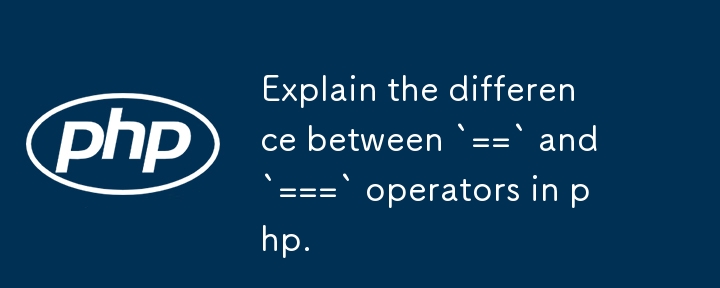
Explain the difference between `==` and `===` operators in php.
Article Introduction:The difference between == and == in PHP is that: == is a loose comparison, only the values ??are compared and type conversion is performed, for example, 0=="0" is true; while === is a strict comparison, which compares both values ??and types, such as 0==="0" is false. Common type conversion rules include converting a string to a number when compared to a number, converting a Boolean value to 0 or 1, etc. It is recommended to use === first to avoid unexpected errors. For example, when checking the return value of strpos(), you must use === to determine whether it is false.
2025-07-12
comment 0
1001

Jumping from PHP to Go: Blasphemy, Bravado or Common Sense?
Article Introduction:Core points
Migrating the underlying Laravel application of Boxzilla applications from PHP to Go ends up with a more efficient program with better performance, easier deployment and higher test coverage, despite initial concerns about potential business risks.
Go is a compiled language with a standard library that is better than PHP, and can generate faster, smaller applications with fewer lines of code even if external dependencies are considered. The conversion from PHP to Go needs to adapt to new syntax and features, but the end result is considered worthwhile.
Despite PHP's larger community and rich resources, Go's growing popularity, ease of use, and excellent performance features make it a strong contender for developers to consider conversions. The author predicts that the future will be
2025-02-10
comment 0
489

Demystifying Floating-Point Inaccuracies in PHP Applications
Article Introduction:The problem of inaccurate floating point numbers is common in PHP, especially in financial calculations or precise comparisons. The root cause is that decimal decimals cannot be stored accurately in binary floating point representation (IEEE754 standard), resulting in results such as 0.1 0.2≠0.3; 1. When comparing floating point numbers equality, you should use tolerance values (epsilon) instead of directly using ==; 2. Financial calculations should avoid using floating point numbers, and instead use integers (such as in units of division) or BCMath extension; 3. BCMath performs arbitrary precision calculations through strings, which are suitable for high-precision scenarios, but have low performance; 4. It should be noted that PHP type conversion may implicitly convert strings or integers to floating point numbers to introduce errors; in short, inaccurate floating point numbers is a general calculation problem, but in
2025-07-26
comment 0
601
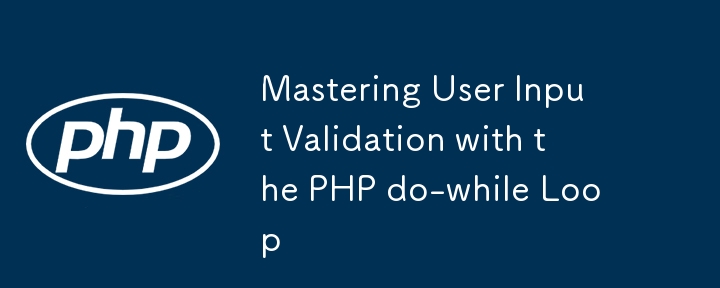
Mastering User Input Validation with the PHP do-while Loop
Article Introduction:PHP input validation using a do-while loop ensures that input prompts are executed at least once and requests are repeated when the input is invalid, suitable for command-line scripts or interactive processes. 1. When verifying the input of numerical values, the loop will continue to prompt until the user enters a number between 1 and 10. 2. When verifying strings (such as mailboxes), remove spaces through trim() and use filter_var() to check the validity of the format. 3. The menu is selected to ensure that the user enters valid options between 1-3. Key tips include: using trim() to clean input, reasonable type conversion, provide clear error information, and avoid infinite loops. This approach is suitable for CLI environments, but is usually replaced by frameworks or one-time validation in web forms. therefore,
2025-08-01
comment 0
232
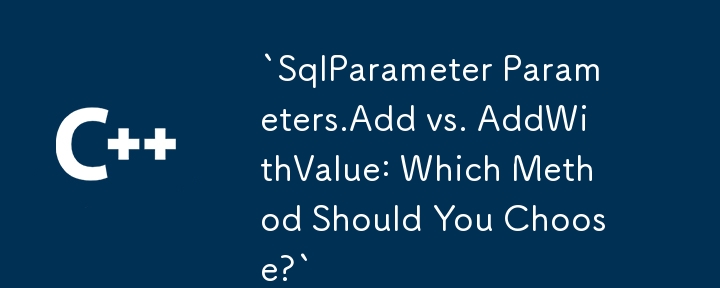

Dave The Diver: How To Catch Spider Crabs
Article Introduction:In Dave The Diver, there are some creatures that are not easy to catch. Or, catch alive that is. The spider crab is one of those very species, making it seem like the only way to bring these crustaceans back up to land is to viciously crack them up w
2025-01-10
comment 0
856
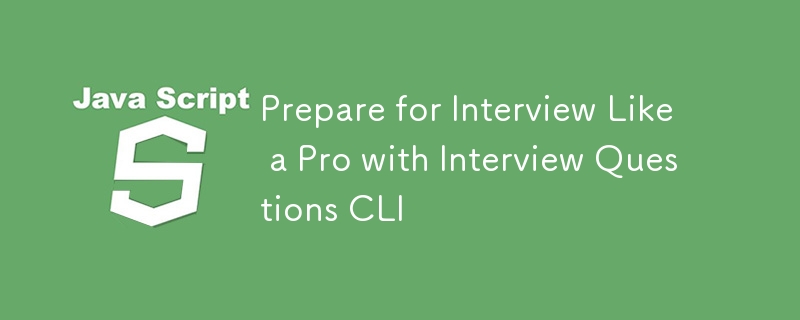
Prepare for Interview Like a Pro with Interview Questions CLI
Article Introduction:Prepare for Interview Like a Pro with Interview Questions CLI
What is the Interview Questions CLI?
The Interview Questions CLI is a command-line tool designed for JavaScript learners and developers who want to enhance their interview
2025-01-10
comment 0
1487
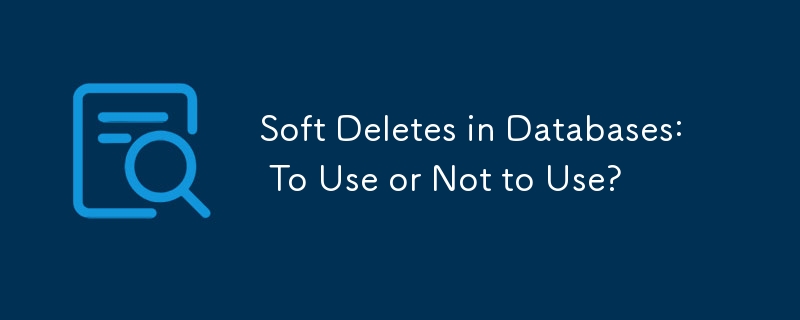
Soft Deletes in Databases: To Use or Not to Use?
Article Introduction:Soft Deletes: A Question of DesignThe topic of soft deletes, a mechanism that "flags" records as deleted instead of physically removing them, has...
2025-01-10
comment 0
1083











